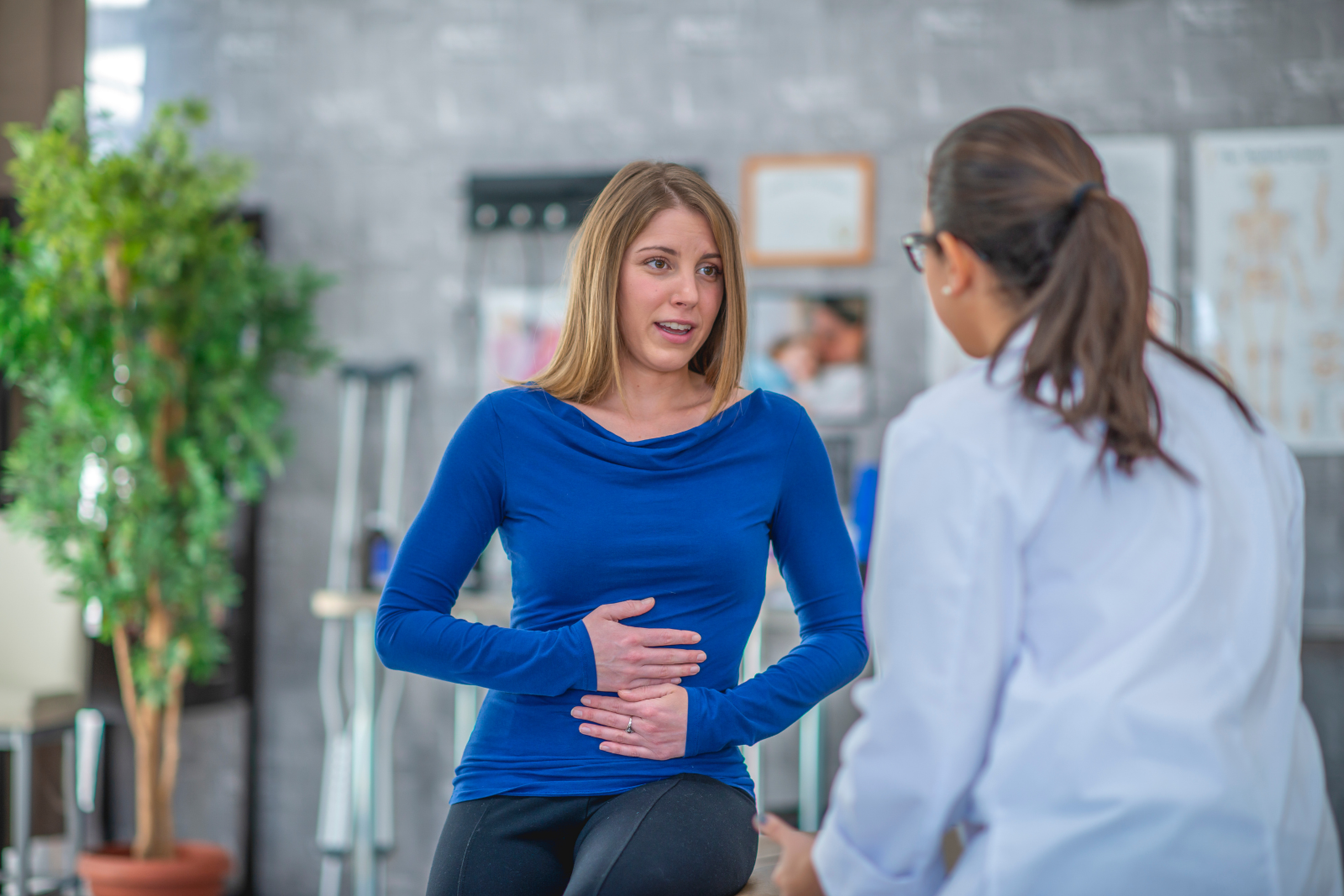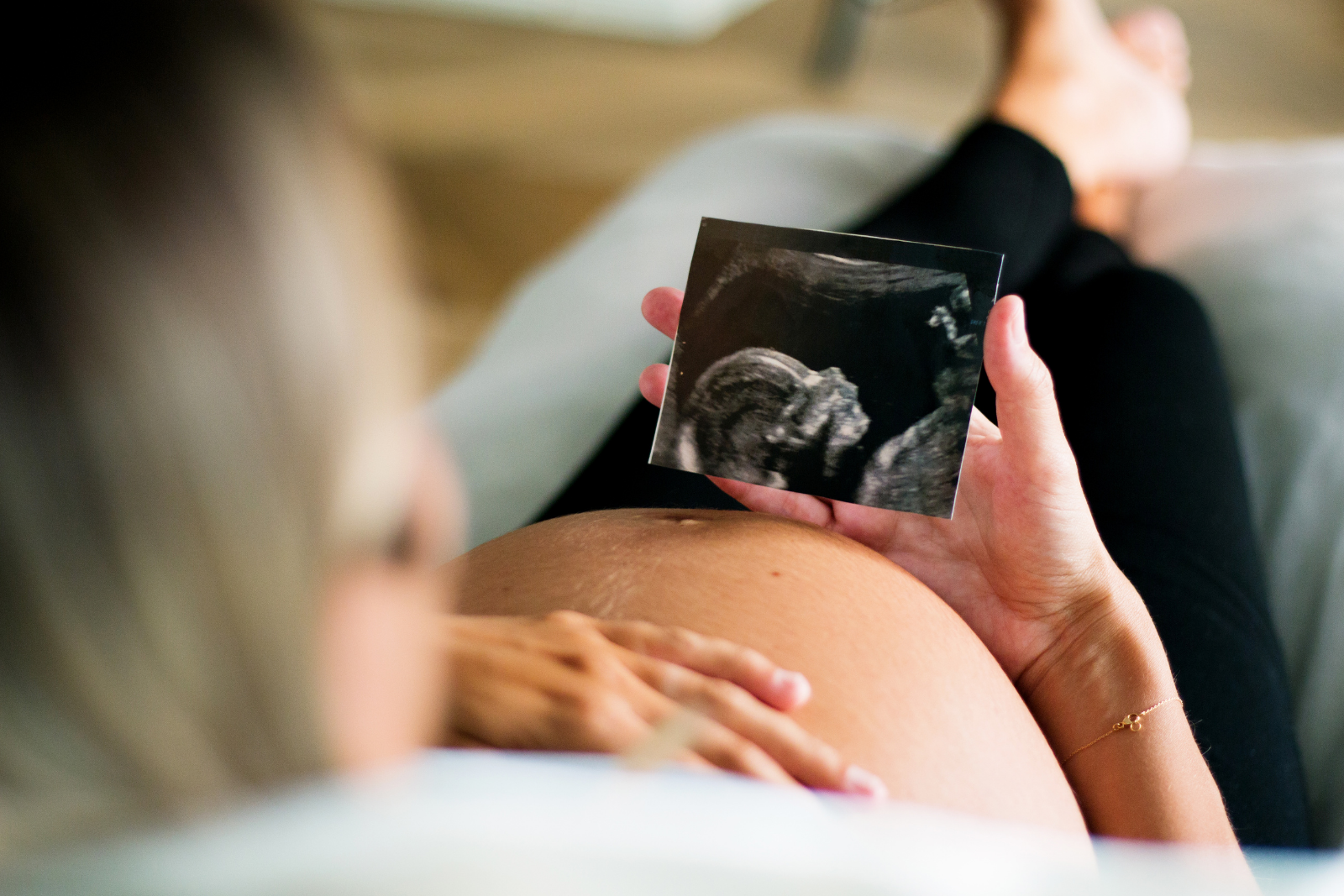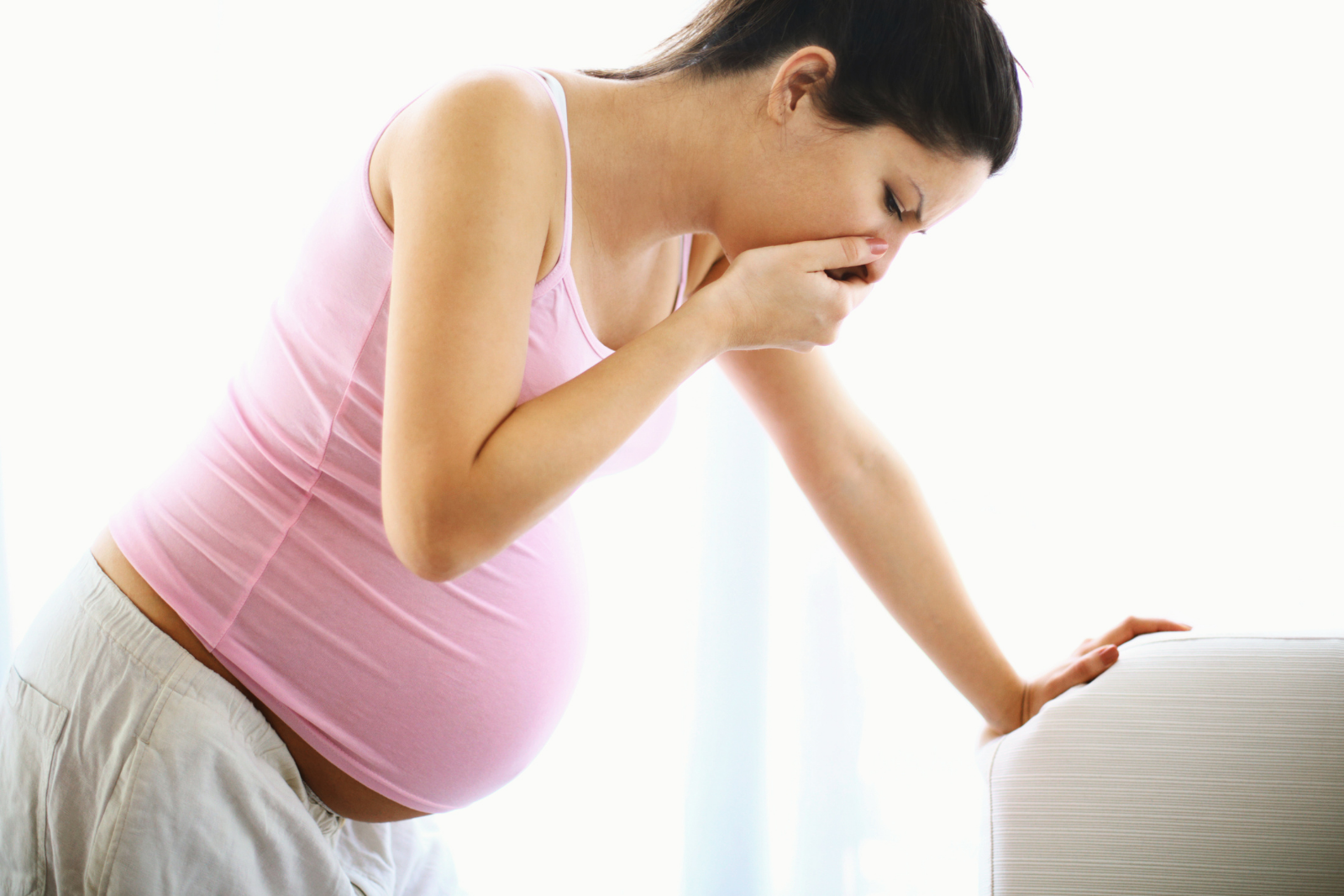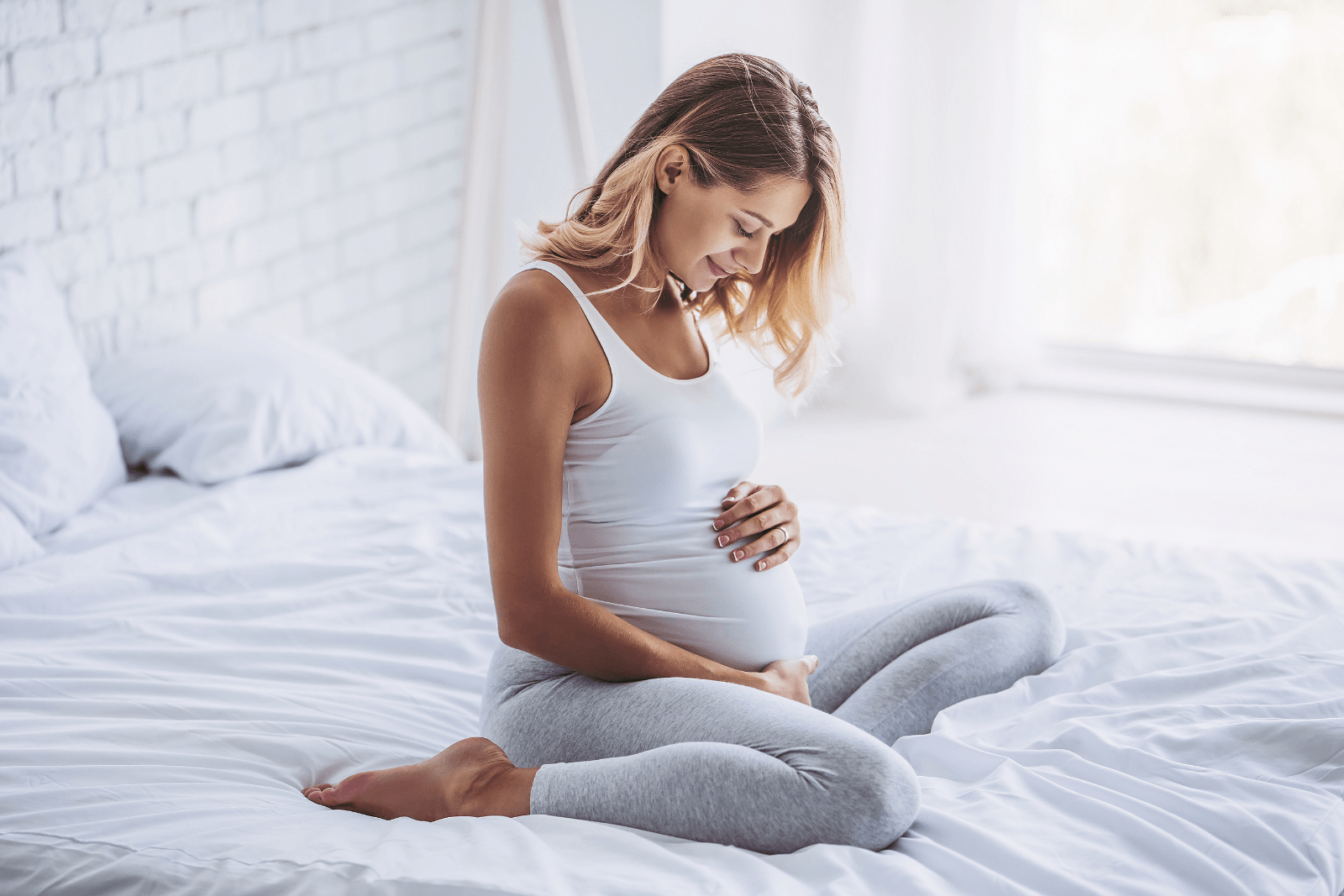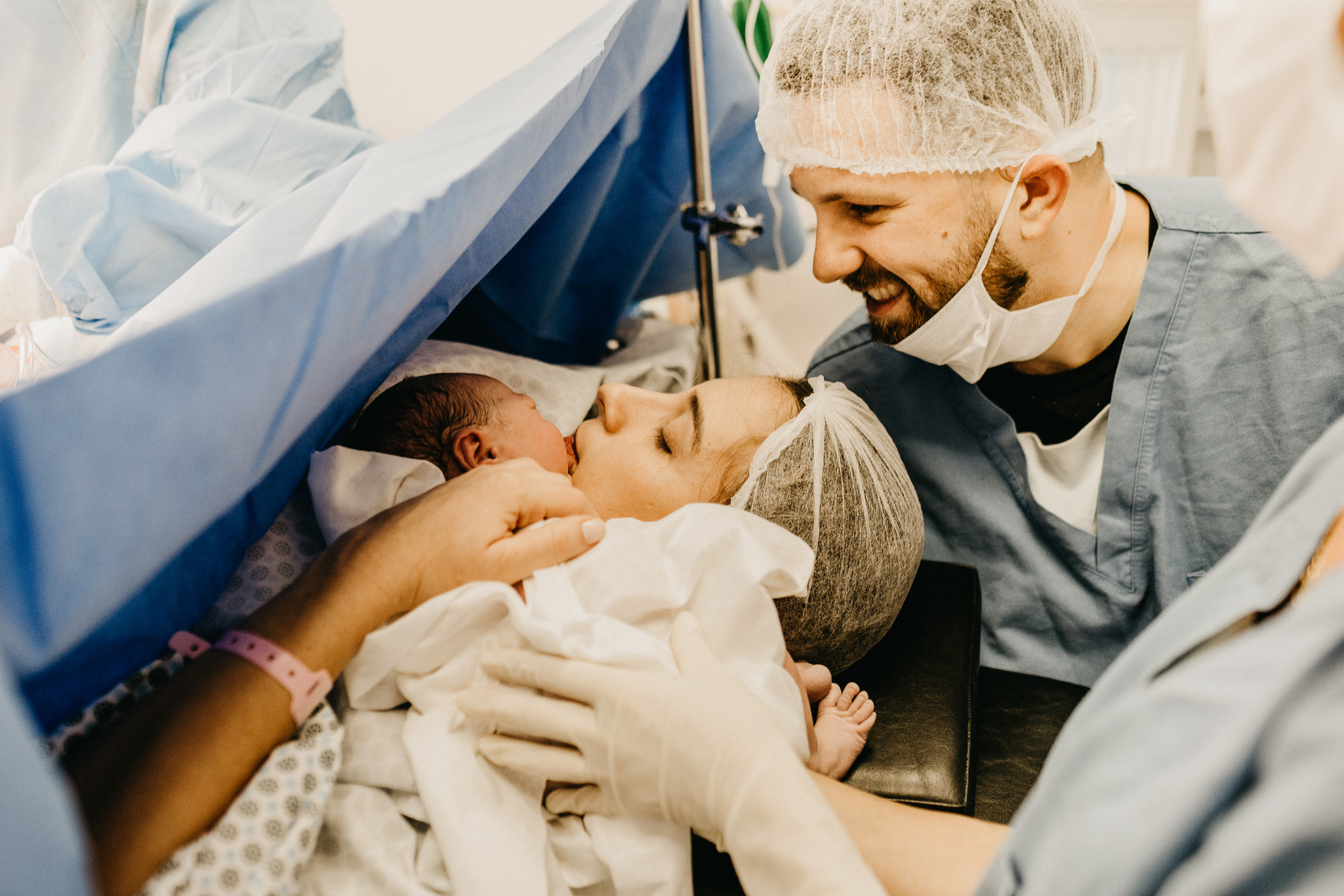Your body makes more blood when you are pregnant because you and your baby are growing. It needs iron to make healthy blood. A blood test that looks at haemoglobin (Hb) levels is done during your pregnancy to tell if there is enough iron in your blood.
Your doctor may also check your ferritin level. This is a measure of the amount of iron you have stored in your body. Having low iron levels may result in anaemia. This will make you feel tired, have poor concentration and an increased risk of infection.
Pregnant women need 27mg iron each day. Meats are the best source of iron, the redder the meat, the higher it is in iron. This means beef, kangaroo and lamb are higher in iron than pork, chicken or fish. If you aren’t a big meat eater or you are a vegetarian, then the next best option includes foods such as wholegrain breads, legumes, green leafy vegetables (spinach, broccoli etc), nuts and fruit.
Women may experience constipation as a side effect from taking iron tablets. To reduce the effects of constipation it is important to eat more fibre (such as fruit, vegetables and legumes), be physically active and drink water regularly. Another option might be an iron infusion, but this is only done if iron supplements are not working and you are getting closer to your due date.
It is important to be aware that not all iron products are equal in potency, and in fact there are a few products that have minimal iron. Please chat with the midwives before purchasing anything so we can ensure its going to help you.
For further information about iron and iron supplements, chat to the midwives, you can be referred to a dietitian for assistance if you need help with your diet.
Need more advice or information? Call POGS on (08) 6270 0123 or email: reception@pogs.com.au if you need to make an appointment.
